Mold in the soil of plants: learn to identify it
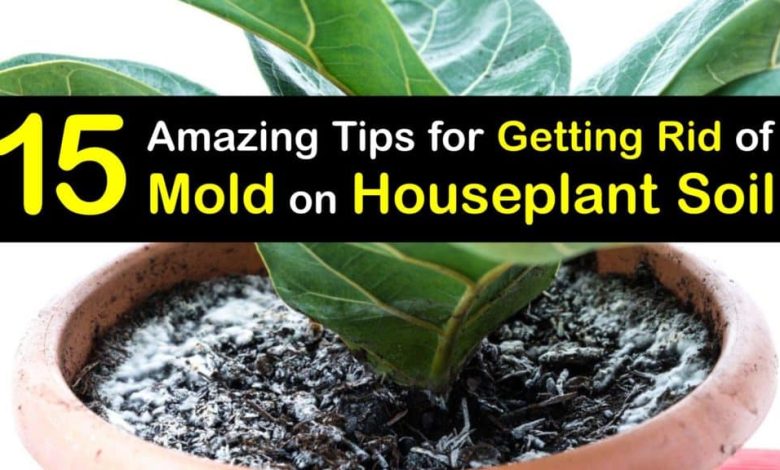
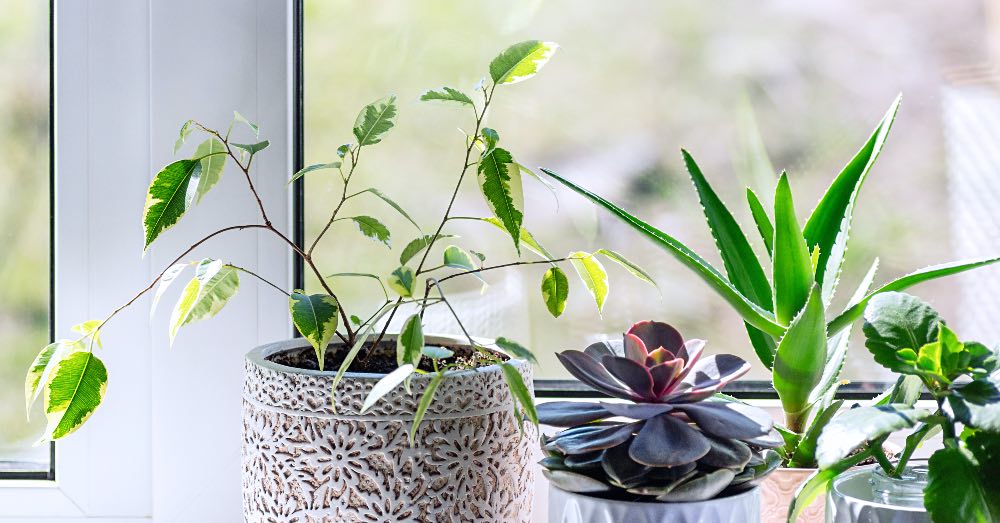
The appearance of mold in the soil of plants is one of the most common growing problems in the winter months. Although it usually occurs mainly in indoor plants, it can also appear in those we have outside the house. Its presence is usually synonymous with alarm, but it also casts doubt on whether the health of our plant is at risk.
Before getting alarmed, it is important to understand that the mold in the soil of the plants that scares us so much is not always synonymous with a problem. Mold is still the visual manifestation of a microscopic fungus found naturally in the environment. And, although it is difficult for us to believe, that tiny being is also part of the substrate of our plants.
Since it is there on a regular basis, it is important to know what are the reasons that cause its appearance. And, what is more important, to what extent is it something that can affect the well-being and life of our plants.
HOW TO IDENTIFY AND AVOID MOLD IN THE SOIL OF PLANTS
Lets start by the beginning. Or, put another way, for knowing how to identify mold in soil from plants. And we say this because it is very common, even more than it seems, to confuse it with another common phenomenon in substrates. There is no lover of both indoor plants and outdoor plants who has not come across white spots in the soil of their plants.
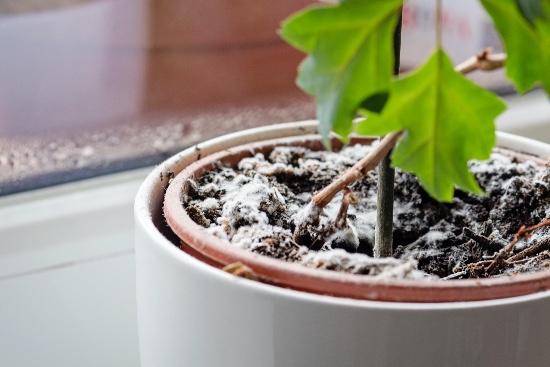
We could be alarmed thinking that it is mold but, before doing so, we have to rule out if it is not traces of lime or salt. Often and especially when we water with a watering can, these invisible components of the water accumulate on the ground. They usually create a whitish stain that starts out looking like fuzz and hardens over time. If that is the case, we can remove it without further complication.
But what happens when the stains we detect on the substrate are not like that? In that case, we are dealing with mold in the soil of the plants. Although they look similar, there are a couple of details that allow you to identify it without doubt. The big difference is not even in the color, which is practically the same; not in appearance. What allows it to be identified without a doubt is how it is distributed on the substrate. Although you can start by creating specific groups, as in the case of lime and salt residues; There will be no doubt that it is mold in the soil of the plants if it begins to colonize the entire substrate. And not only that: it can also appear in the pot and even on the leaves.
How to avoid its appearance
The appearance of this type of mold responds to a series of well-defined factors. As we said before, in the different types of substrates for plants, mold is present in a way that is, in principle, imperceptible to the human eye. Far from being something negative, both mold and bacterial fauna are beneficial and necessary for the development of our plants. But yes: as long as they are under control.
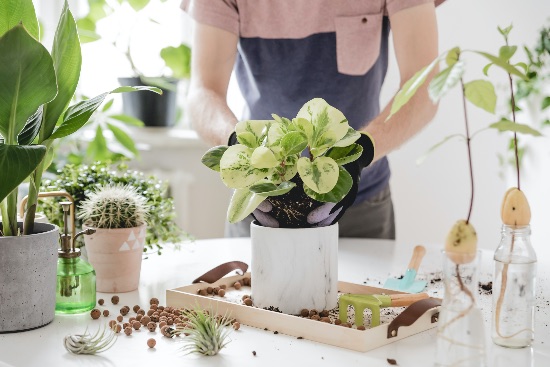
There is no single reason for these fungi to appear. In reality, they manifest themselves when a host of circumstances very typical of the cold months occur. For this reason and apart from knowing the care of indoor plants in winter, it is worth knowing what can cause this appearance that usually makes us so nervous.
1.Poorly ventilated environment
Something very typical of the cold months. Due to the low temperatures, we usually ventilate for less time. This means that, on many occasions, the air does not flow as our plants need.
2. Warm temperature
A determining factor. Heat is a catalyst for both fungi and pests. If our environment is too hot, we may not only have to consider what to do with mold in the soil of plants. Knowing how to remove the fly from the substrate probably adds to our tasks.
3. Excess humidity, one of the main reasons for the appearance of mold in the soil of plants
Whether it is because we water too much or because a plant is not draining properly: closely controlling humidity is essential to prevent the appearance of this mold, but also other pests.
4. Decomposing matter on the substrate
Although in small amounts it can favor our plants, added to the previous factors it can be the perfect breeding ground.
HOW AND WHEN TO REMOVE IT
Now that we know why it happens, it’s time to know how to remove it. But first let’s pause because there are times when it is advisable not to remove it. In small amounts, mold in the soil on plants is beneficial to plants. For this reason, and unless it has really invaded our pots, we can leave it in the substrate.
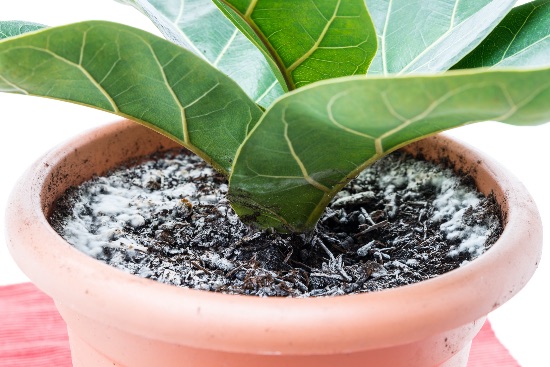
But, leaving aside that ideal scenario that we just raised, what do we do if it has filled our plant? The solution goes through two aspects. In the first place, solve those environmental factors that cause its appearance. But, in addition to this, we will have to clean up our plant in order to eradicate it.
1. Remove infected soil, the starting point
If the presence of fungi is merely superficial, it will suffice to remove the upper layer of the substrate and the couple of centimeters below it. However, usually when we consider this task, the fungi have already taken over our plants, so the ideal is a proper transplant.
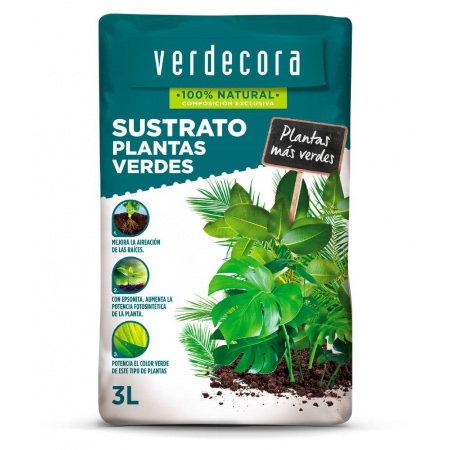
The main objective of this task is to remove as much of the infected substrate as possible. It is important that we try to remove as much soil from the root ball as we can, always being careful not to damage the roots.
In addition to reviewing how to transplant a plant correctly, it is essential that we make good drainage. Remember: we do not want excess moisture.
2. Disinfect the pot properly, essential to prevent mold from reappearing in the soil of the plants
It is useless to change the substrate if we replant in the same pot. Let us remember that fungi are microscopic and that, although we believe that we have eradicated them, they will remain on the surfaces that they had already colonized.
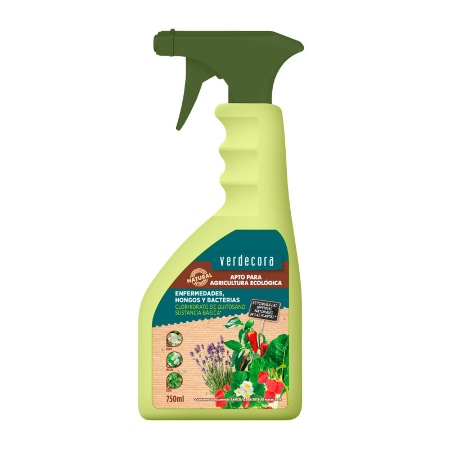
For this reason, it does not hurt to thoroughly wash our pot with water. And, to guarantee its total disinfection, apply a fungicide to the entire interior and exterior surface.
3. Clean the leaves
Sometimes and when the infection is very advanced, we not only find mold in the soil of the plants. It is also common for it to be present in the leaves.
If this is our case, it will suffice to remove it with a dry cloth.
And you, have you ever had mold in the soil of the plants? Remember our tips so it doesn’t happen again!

![Photo of Maritime Cineraria: [Characteristics, Care, Planting, Pruning and Problems]](https://www.complete-gardening.com/wp-content/uploads/2022/08/maritime-cineraria-characteristics-care-planting-pruning-and-problems-390x220.jpg)
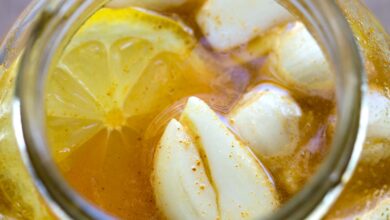
![Photo of What Diseases and Pests Attack the Cherimoyo? [Identify and Treat]](https://www.complete-gardening.com/wp-content/uploads/2022/08/what-diseases-and-pests-attack-the-cherimoyo-identify-and-treat-390x220.png)
![Photo of How to Save Tomato Seeds: [Procedure and Duration]](https://www.complete-gardening.com/wp-content/uploads/2022/08/how-to-save-tomato-seeds-procedure-and-duration-390x220.png)